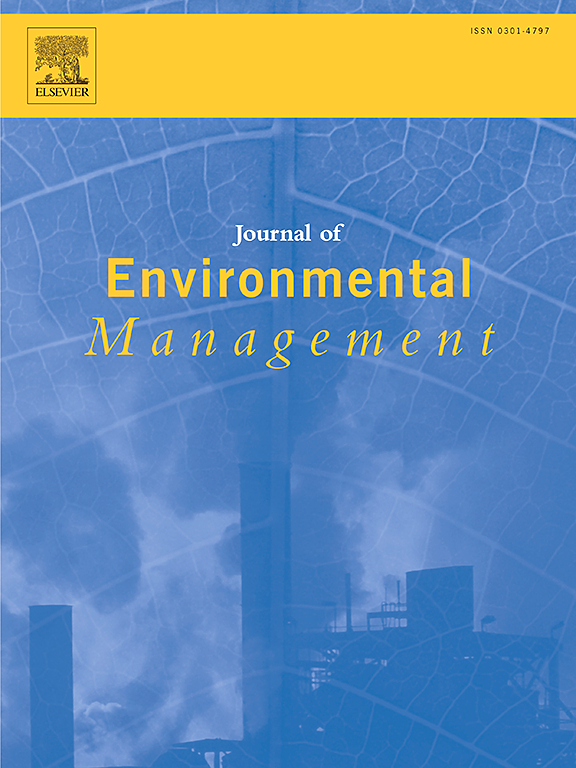Enhanced biodegradation of crude oil by phosphate-solubilizing bacteria Bacillus subtilis PSB-1: Overcoming soluble phosphorus deficiency
IF 8
2区 环境科学与生态学
Q1 ENVIRONMENTAL SCIENCES
引用次数: 0
Abstract
Due to the oligotrophic marine environment, the lack of phosphorus is one of the key factors limiting the oil biodegradation ability of microorganisms after the oil spill occurs. Overcoming phosphorus deficiency has become an urgent problem. In this study, a phosphate-solubilizing bacteria, named Bacillus subtilis PSB-1, with the crude oil degradation efficiency up to 93.7 %, was isolated from oil contaminated seawater. The strain PSB-1 significantly increased the content of solubilized phosphorus (P) to promote the degradation of oil pollutants. The yielding bioavailable P from 5 g·L−1 Ca3(PO4)2 and 2 g·L−1 sodium phytate was up to 17.14 mg·L−1 and 35.63 mg·L−1 in the culture with crude oil as the sole carbon source. The production of organic acids, such as oxalic and lactic acids, peaked at 263.52 mg·L−1 and 282.99 mg·L−1, respectively, indicating a potential enhancement of P availability due to the crucial role of organic acids in the process of P solubilization. The analysis of the degradation pathway of hydrocarbons and the content of alkaline phosphatase (AKP) under organic P deficiency indicated that pyruvate served as an intermediate product connecting P solubilization and hydrocarbons degradation. Molecular docking analysis provided evidence that AKP can interact with hydrocarbon molecules, suggesting a role in the degradation of hydrocarbons. This study offered a new way to oil spill bioremediation with the P deficient environment.

枯草芽孢杆菌PSB-1增强原油生物降解:克服可溶性磷缺乏
由于海洋环境贫营养化,溢油后磷的缺乏是限制微生物降解石油能力的关键因素之一。克服缺磷已成为迫切需要解决的问题。本研究从受石油污染的海水中分离到一种降解原油效率高达93.7%的磷酸解菌Bacillus subtilis PSB-1。菌株PSB-1显著提高了可溶性磷(P)含量,促进了石油污染物的降解。在以原油为唯一碳源的条件下,5 g·L−1 Ca3(PO4)2和2 g·L−1植酸钠的生物有效磷产量分别达到17.14 mg·L−1和35.63 mg·L−1。有机酸(如草酸和乳酸)的产量分别达到峰值263.52 mg·L−1和282.99 mg·L−1,表明有机酸在磷的增溶过程中起着关键作用,可能会提高磷的有效性。对有机磷缺乏条件下烃类降解途径和碱性磷酸酶(AKP)含量的分析表明,丙酮酸盐是连接P溶解和烃类降解的中间产物。分子对接分析表明,AKP可以与烃类分子相互作用,提示其在烃类降解中发挥作用。本研究为缺磷环境下溢油生物修复提供了一条新的途径。
本文章由计算机程序翻译,如有差异,请以英文原文为准。
求助全文
约1分钟内获得全文
求助全文
来源期刊

Journal of Environmental Management
环境科学-环境科学
CiteScore
13.70
自引率
5.70%
发文量
2477
审稿时长
84 days
期刊介绍:
The Journal of Environmental Management is a journal for the publication of peer reviewed, original research for all aspects of management and the managed use of the environment, both natural and man-made.Critical review articles are also welcome; submission of these is strongly encouraged.
 求助内容:
求助内容: 应助结果提醒方式:
应助结果提醒方式:


